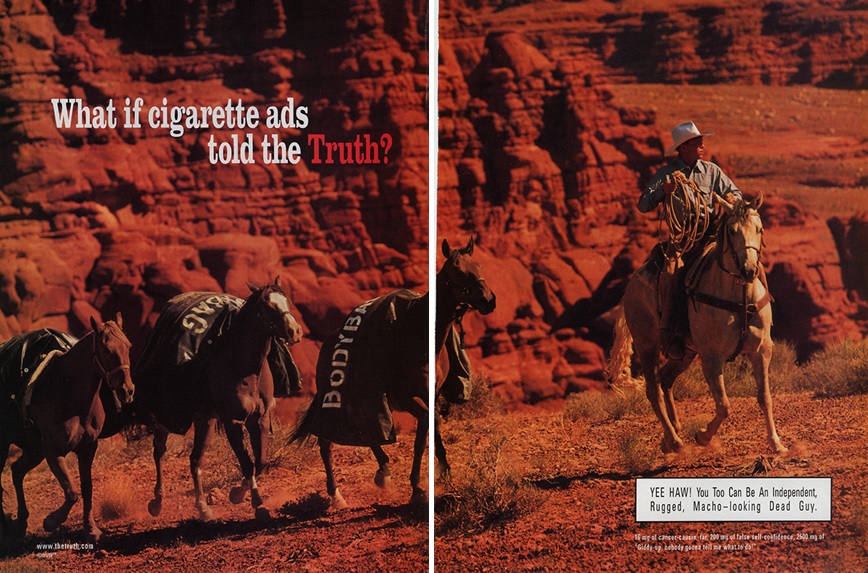This is Chapter 23 of my new book, working title “The Industry Playbook: Corporate Cartels, Corruption and Crimes Against Humanity” that is being published online chapter by chapter.
Earlier we covered astroturf, that is fake grassroots. The influence of this PR strategy is that there is genuine power behind grassroots organizations. This is where there are real people that are passionate about something. In many cases they try and succeed in changing legislation or make other impact
In 1966, Betty Carnes, whose son had died from lung cancer, started Arizonans Concerned About Smoking, one of the first nonsmokers’ rights groups. They sent out thousands of “Thank you for not smoking” signs. They lobbied their state legislatures.
Ultimately, they were successful. In 1973, due to their campaigning, Arizona became the first state within the USA to pass a law restricting smoking in public places.
In 1970, Clara Gouin started up a group in Maryland, Group Against Smoking Pollution (GASP). They started small, removing ashtrays from their homes. Against the threat of being seen as bad hostesses, they made this action with the support of each other. Within a year they had sent out 500 chapter kits to groups around the country, the movement growing organically.
A former Minnesota state senator, Edward Brandt, founded a local chapter of the Association for Non-Smokers’ Rights in 1973. Through similar lobbying and grassroots campaigning, Minnesota passed the Clean Indoor Air Act in 1975, which banned smoking in most public places.
It is critical to understand that these grassroots groups focused on smaller, more local governments. They helped San Francisco pass restrictions on public smoking in 1983. Big Tobacco’s powerful reach was less effective within cities, counties and sometimes states, than it was at the federal level.
In 1974, Tobacco Institute president Horace Kornegay stated that the “relative calm in Washington” disguised “stormy weather out in the states.” Over time, 41 states and 1,354 cities would enact smoking laws, while the federal government never did.
Sadly, it was after a few initial real grassroots wins that Big Tobacco got more serious about using astroturf organizations and mounting solid defenses against such local organization. California tried to follow suit with these other states, with Proposition 5, but Big Tobacco was able to defeat this in 1978 by spending $6.5 million.
The American Legacy Foundation, which later was renamed the Truth Initiative, ran a campaign around the idea of “What if cigarette ads told the Truth?” Here is a two page spread from a magazine.

Unfortunately, it is much harder to find information about all these smaller groups. There is no one centralized organization to match CTR or the Tobacco Institute. Instead, it is the results of hundreds of smaller organizations and non-profits.
These many actions led to legislation, but also were important in helping to shift the culture, as is covered in the next chapter.
Key Takeaways on Real Grassroots Organization
- It is easier for corporations such as Big Tobacco to influence politics at the federal level. It is harder to influence politics at a state and local level. Therefore, grassroots organization at the smaller levels was ultimately more successful.
- Public smoking bans started with single cities and states, and within a couple of decades, some forms of restriction were in place in most areas.
- No one group was able to match the power of Big Tobacco. But real people fighting for real change could cause real world effects to happen.
Please leave any comments or questions below. Feel free to share it with anyone you’d like.
Links to all published chapters of The Industry Playbook can be found here.
You can also support this project with a tip.
